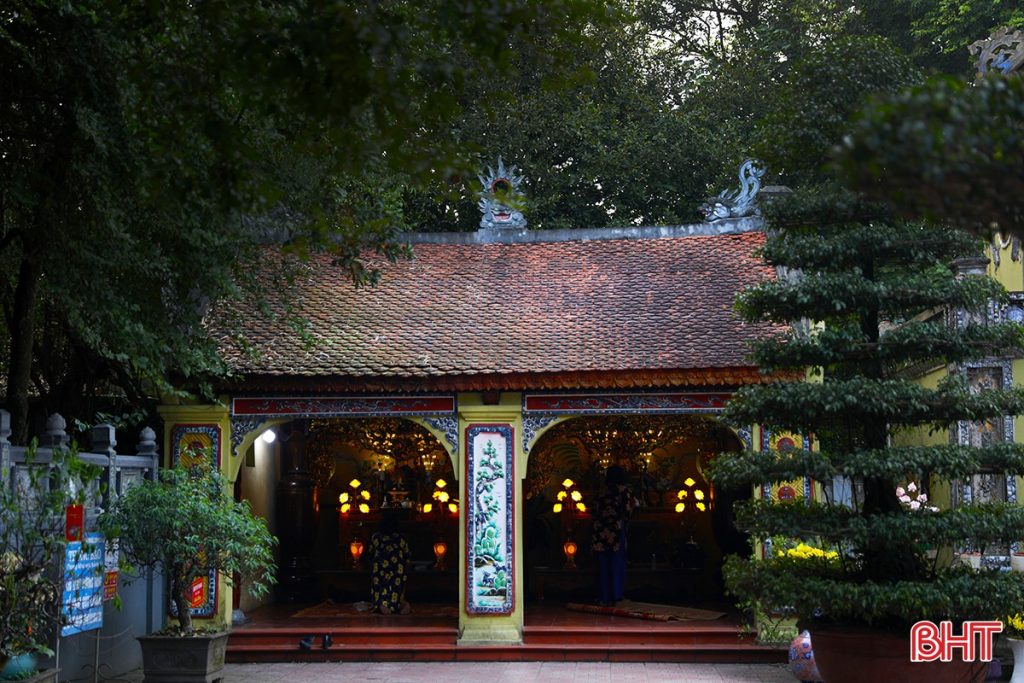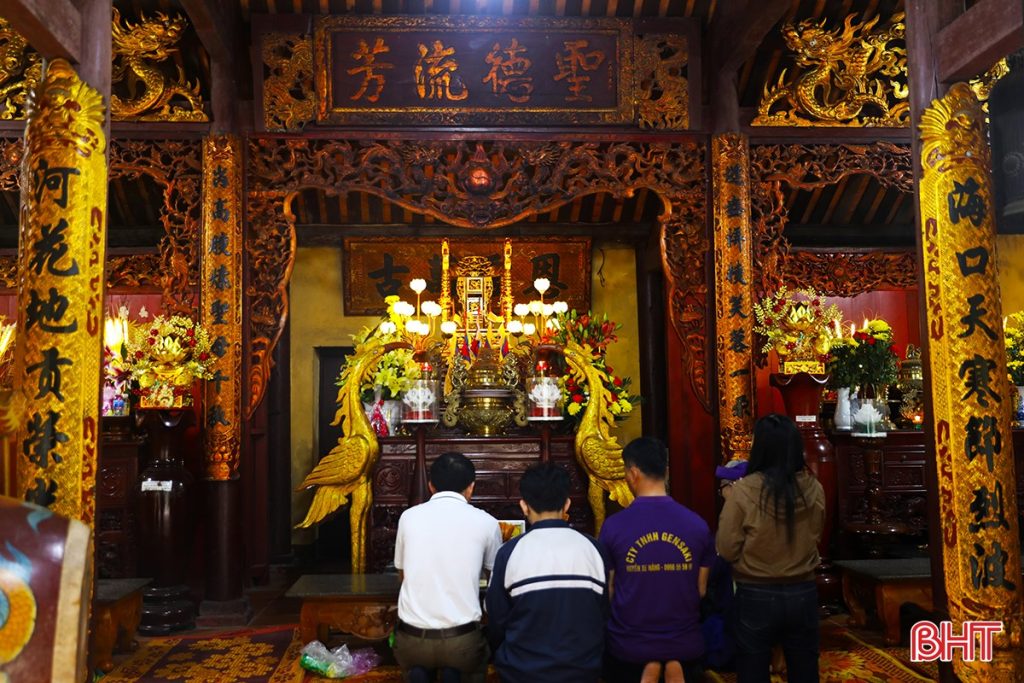Every family has its cherished traditions that weave a sense of connection between generations. For my family, visiting temples and pagodas during the Lunar New Year holds a special place in our hearts. One of the most memorable trips is to Madam Che Thang Temple, a sacred site filled with history and spiritual significance. This year’s visit brought back nostalgia, lessons from the past, and a reaffirmation of familial bonds.
Early Morning Beginnings
Our journey began before the break of dawn. Dad gently woke up my little brother and me at around 3:30 AM. The cool, crisp air greeted us as we groggily got ready for the day’s adventure. Mum had already prepared a hearty breakfast to fuel our 50-kilometer trip to the temple. By 5:30 AM, with a sky still blanketed in darkness, we arrived at our destination.
Despite being half-asleep during the car ride, a bubbling sense of excitement filled the atmosphere. Mum had thoughtfully packed snacks for the journey, ensuring we wouldn’t go hungry. Dad’s storytelling was the highlight of the drive. He reminded us of the temple’s fascinating tale and how much it had transformed since my last visit over a decade ago.

The Legend of Madam Che Thang

Heroine Among Women
More than 90 years after the first year of the Hồng Đức era (1470), King Lê Thánh Tông, while on his way to suppress the Champa rebellion, came to the Kỳ Hoa seaport and discovered an ancient shrine. Upon inquiring with the local people, the king entered the shrine, offered incense, and wrote the four characters “Nữ Trung Hào Kiệt” (Heroine Among Women) on a plaque. He then declared:
“In the previous dynasty, she was a national hero who sacrificed herself for the country and the king. Now, I too am on a mission to defend the nation and secure its borders by defeating the enemy. If her spirit is sacred, may she assist me in achieving a swift and victorious campaign. When I return to the court, I will undertake the task of building a temple and bestowing an honorable title upon her.”
That very night, the king received a favorable dream. Encouraged by this omen, King Lê Thánh Tông ordered his army to march forward. After securing victory in the battle, he returned and commanded the army and local people to rebuild the tomb with three grand halls: the Upper Hall (Thượng điện), the Middle Hall (Trung điện), and the Lower Hall (Hạ điện). This reconstruction was carried out on a larger scale to honor the contributions of the noblewoman Nguyễn Thị Bích Châu. The king also issued an imperial decree conferring the title “Chế Thắng Phu Nhân” (Victorious Lady) upon the shrine.

The Spiritual Experience
Walking through the gates of Madam Che Thang Temple, I felt a deep sense of reverence. The temple’s tranquil atmosphere was a balm for the soul. The ancient architecture stood as Vietnam’s rich cultural heritage. Incense wafted through the air as devotees, clad in traditional attire, offered prayers.
My family and I made our way to the altar, where we lit incense sticks and made wishes for health, prosperity, and peace. As we bowed in prayer, I felt connected not just to my family but also to the generations that had come before us, seeking solace and blessings at this sacred site.

Reflections on Change and Continuity
It was heartening to see how the temple had evolved while still preserving its essence. Dad pointed out several restorations and new additions since our last visit. Despite the modern touches, the temple remained a sanctuary of spirituality and history.
Dad’s tales of past visits painted vivid pictures of simpler times when fewer tourists knew about the temple. It was a reminder of how traditions endure even as the world changes. The temple’s history and my family’s continued visits serve as a bridge between the past and the present.
A Lesson in Gratitude
The visit to Madam Che Thang Temple was more than a ritual; it was a lesson in gratitude. Listening to Dad recount the story of Madam Che Thang, I couldn’t help but marvel at the strength and sacrifice of those who came before us. The temple stands as a symbol of resilience, wisdom, and devotion.
I felt grateful for the chance to experience this tradition with my family. The early wake-up call, the long drive, and the chilly morning air were all worth it for the memories we created and the values we reinforced.
Family Bonding Through Tradition
One of the most beautiful aspects of the trip was the time spent with family. In today’s fast-paced world, finding moments to connect can be challenging. This journey provided an opportunity to share stories, laughter, and quiet moments of reflection.
Mum’s thoughtful preparation, Dad’s captivating storytelling, and my little brother’s infectious excitement made the trip unforgettable. It was a reminder that traditions are not just about the destination but the journey and the people you share it with.
Preserving Cultural Heritage
As we bid farewell to Madam Che Thang Temple, I felt a renewed sense of responsibility to preserve and pass down this tradition. Temples and pagodas are more than architectural wonders; they are living repositories of culture, history, and spirituality.
Sharing these experiences with future generations ensures that the stories and values of our ancestors are not forgotten. It is through such journeys that we keep our heritage alive.

Final Thoughts
The trip to Madam Che Thang Temple was a poignant reminder of the importance of tradition, family, and gratitude. As we drove back home under the now-bright sky, I felt a sense of fulfillment and peace.
In a world that often pulls us in different directions, moments like these ground us, reminding us of who we are and where we come from. The tale of Madam Che Thang, with its lessons of courage and wisdom, will continue to inspire me. Most importantly, the bond forged through this family tradition will remain a cherished memory.
Whether you seek spiritual solace, historical insights, or simply a meaningful family outing, Madam Che Thang Temple is a destination worth visiting. As you light an incense stick and make a wish, you may find, as I did, a profound connection to the past and an enduring sense of gratitude for the present.

